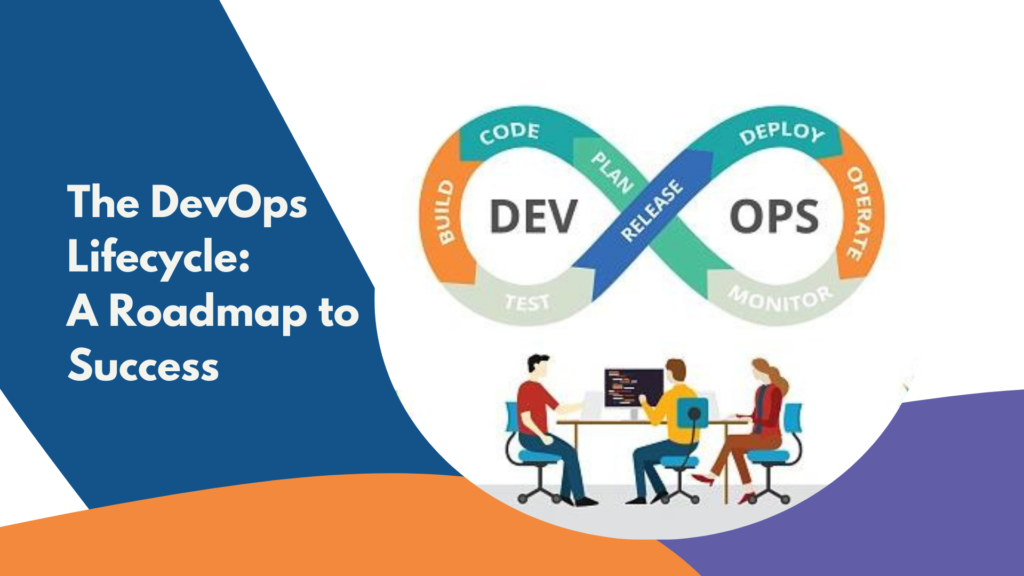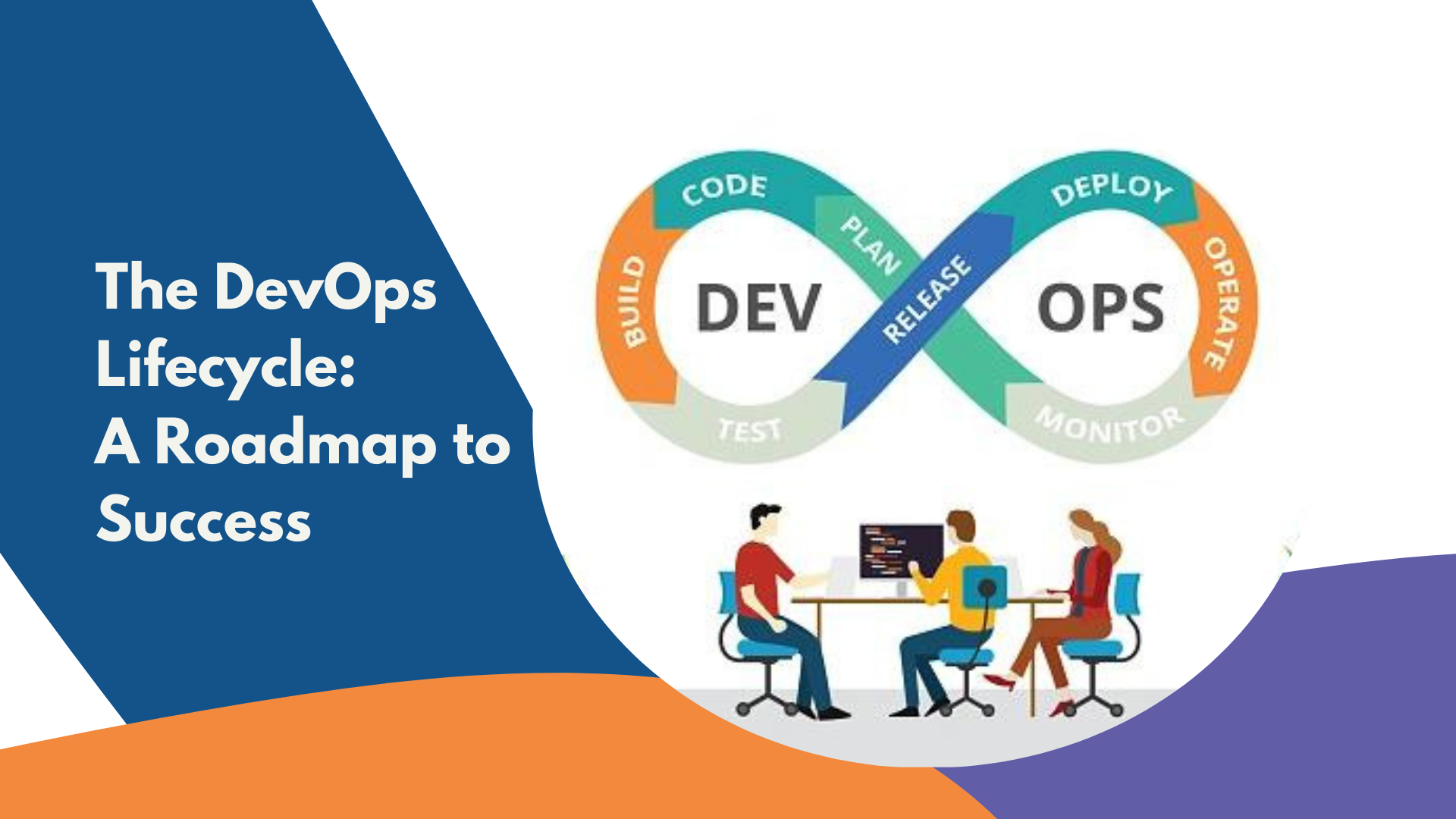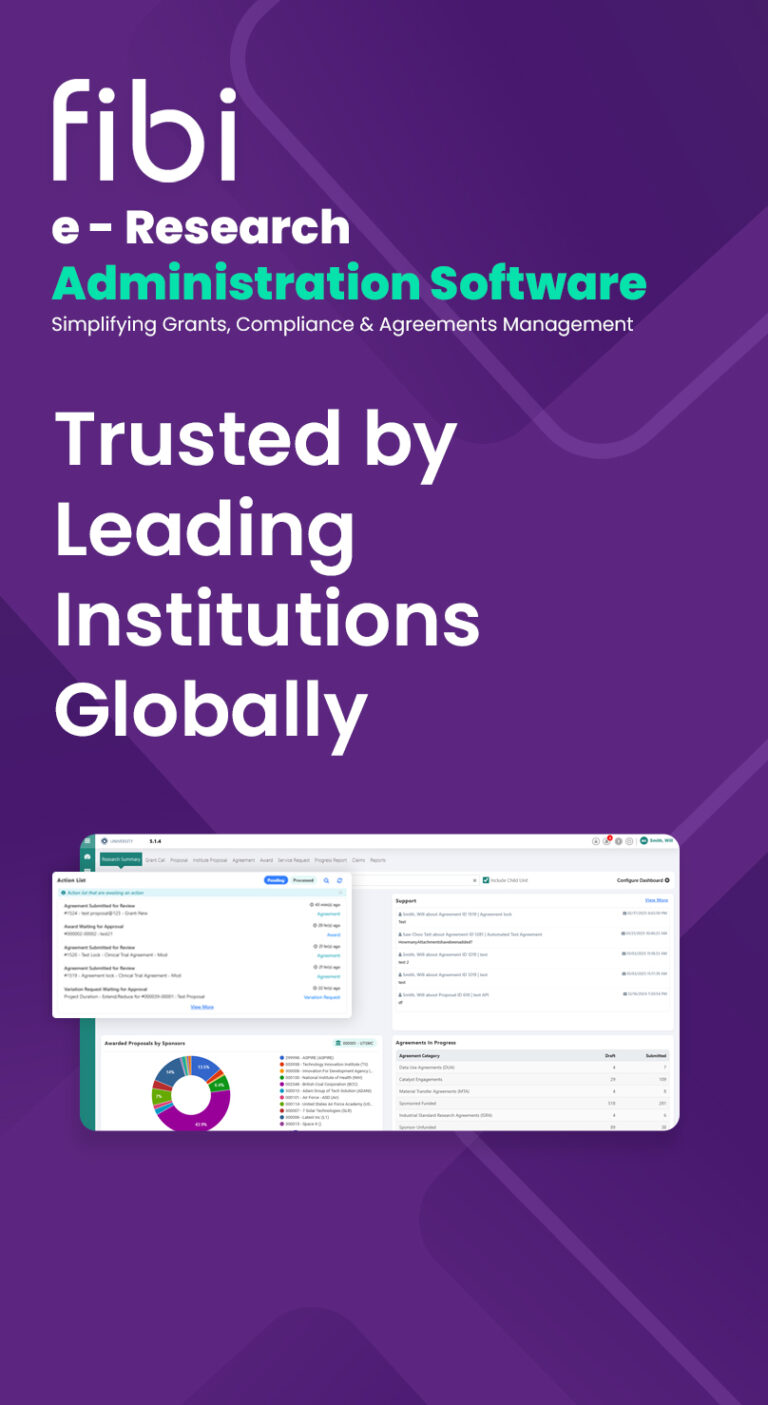In the digital age, cloud computing has become a ubiquitous term. But what does it mean, and how does it impact our everyday lives and businesses? This article aims to demystify cloud computing and shed light on its benefits and applications.
Understanding Cloud Computing
Cloud computing is the delivery of computing services—including servers, storage, databases, networking, software, analytics, and intelligence—over the Internet (“the cloud”) to offer faster innovation, flexible resources, and economies of scale. It’s like renting virtual computers and storage space in the cloud. You have control over the operating systems, applications, and development frameworks. Scaling resources up or down is easy based on your needs.
Why is it Called Cloud?
The term “cloud” comes from the old telephony industry. When drawing network schematics, engineers used a cloud symbol to represent the network, without specifying the details of how it worked. This metaphor carried over to the Internet and now symbolizes a vast, interconnected network of servers that can be accessed from anywhere.
Benefits of Cloud Computing for Businesses
When it comes to businesses, especially those with an app or Software as a Service (SaaS), cloud computing offers several key benefits:
- Reduced Costs: Cloud computing can provide cost savings as it usually resides in a shared environment, where the hardware and software license costs are low compared to the traditional model.
- Scalability and Flexibility: Cloud computing offers the ability to scale elastically, delivering the right amount of IT resources when they’re needed.
- Speed and Efficiency: Most cloud computing services are provided self-service and on-demand, so vast amounts of computing resources can be provisioned in minutes.
- Enhanced Security: Many cloud providers offer a set of policies, technologies, and controls that strengthen your security posture overall, helping protect data, apps, and infrastructure from potential threats.
Deployment Models
Cloud computing offers several deployment models to cater to different business needs:
- Public Cloud: Services are delivered over a network that is open for public use. They offer great economies of scale and are ideal for organizations that need to manage varying workloads.
- Private Cloud: Exclusive to a single organization. It offers enhanced security and control.
- Community Cloud: Shared among several organizations with common concerns, such as security, compliance, or jurisdiction.
- Hybrid Cloud: Combines public and private clouds, allowing data and applications to be shared between them. It offers greater flexibility and optimization of existing infrastructure.
Cloud Service Models
There are various service models in cloud computing, each serving different purposes:
- Infrastructure as a Service (IaaS): Provides virtualized computing resources over the Internet. Examples include Amazon Web Services (AWS) and Google Compute Engine.
- Platform as a Service (PaaS): Provides a platform allowing customers to develop, run, and manage applications. Examples include Google App Engine and Microsoft Azure.
- Software as a Service (SaaS): Delivers software applications over the Internet, on a subscription basis. Examples include Google Workspace and Microsoft Office 365.
- Network as a Service (NaaS): Provides network infrastructure and services over the Internet.
- Communication as a Service (CaaS): Delivers communication solutions such as VoIP, instant messaging, and video conferencing.
Cost of Hosting in the Cloud
While cloud computing can offer cost savings, the actual cost of hosting in the cloud can vary depending on several factors, including the specific services used, the scale of operations, and the cloud provider chosen. Tools like the AWS Pricing Calculator and Google Cloud Pricing Calculator can help estimate the cost of your architecture solution.
Steps to Host an App in the Cloud
Hosting an app in the cloud involves several steps:
- Identify Your Needs: Determine what you need from cloud computing. Are you looking for a way to store and access your files from anywhere? Do you need a platform to host your website or blog? Or are you looking for a tool to help you collaborate with others on projects?
- Choose the Right Service: There are three main types of cloud services: IaaS, PaaS, and SaaS. Choose the one that best fits your needs.
- Develop Your App: Use developer tools to create the code for your app.
- Deploy Your App: Deploy your code to the chosen cloud service.
Guidelines for Cloud Hosting
When hosting an app in the cloud, there are several guidelines to follow:
- Security: Web host security is one of the most important factors when looking for a cloud host.
- Compliance: A good cloud hosting provider will ensure their servers are 100% compliant with all applicable laws and regulations regarding data privacy and security.
- Manageability: Consider the manageability of the cloud service. Some services require more configuration and management but provide more control over the underlying infrastructure.
- Cost: Consider the cost of the cloud service. Some services may offer lower costs but may not provide the same level of service or features.
Cloud Bursting
Cloud bursting is a configuration that’s set up between a private cloud and a public cloud to handle spikes in IT demand. When the private cloud reaches its resource limits, the additional load is directed to the public cloud. This ensures that applications run smoothly without investing in extra physical infrastructure.
Cloud Service Providers
Several providers dominate the cloud computing market, each offering a range of services:
- Amazon Web Services (AWS)
- Google Cloud Platform (GCP)
- Microsoft Azure
- Rackspace
- JustCloud
- SugarSync
- SpiderOak
Cloud computing is not just a buzzword—it’s a critical part of the technology that powers our daily lives and businesses. By understanding and leveraging it, we can create more efficient, innovative solutions for personal and professional use. Whether you are a small business owner or part of a large enterprise, cloud computing can offer a pathway to reduced costs, increased flexibility, and enhanced security.


























